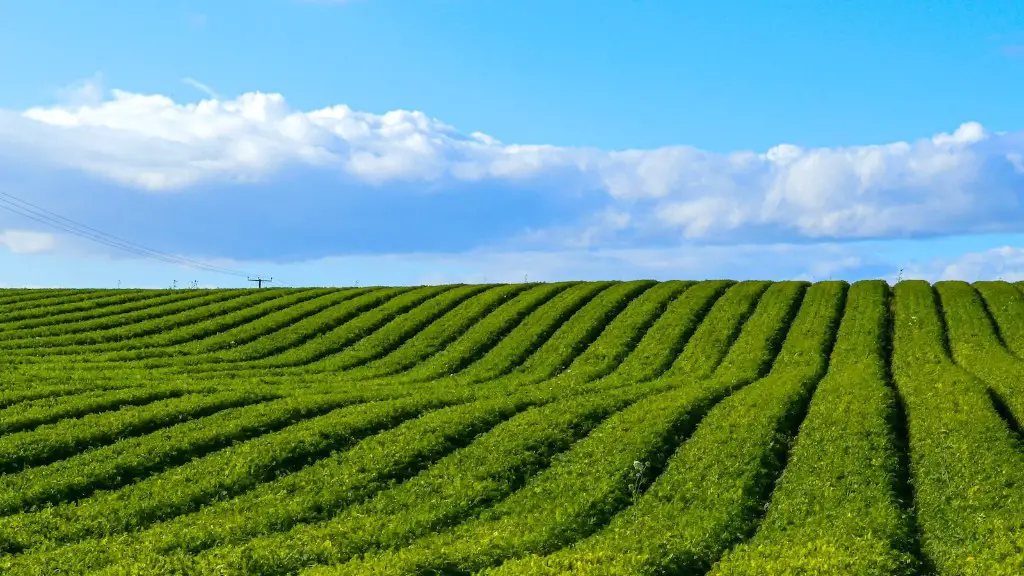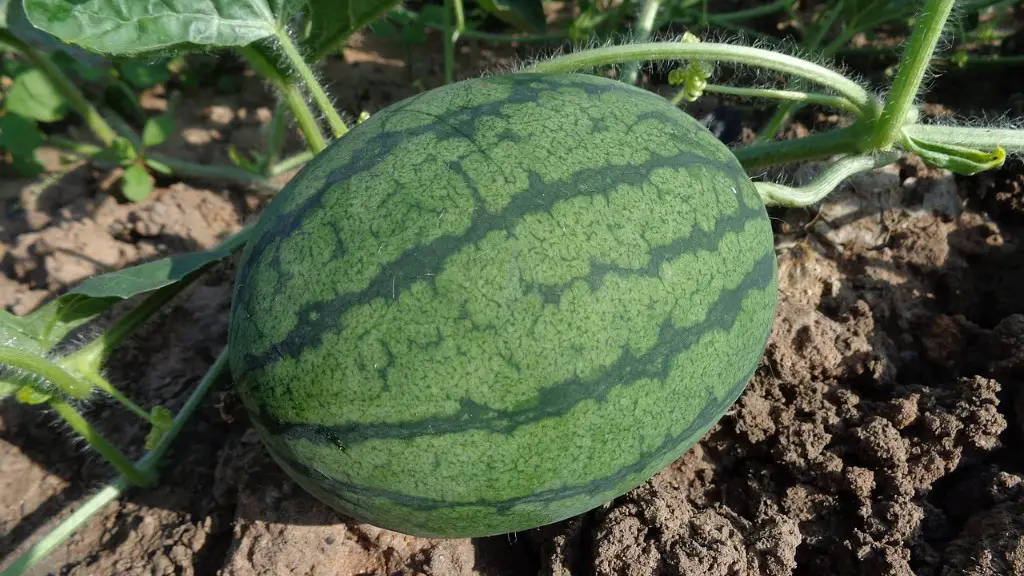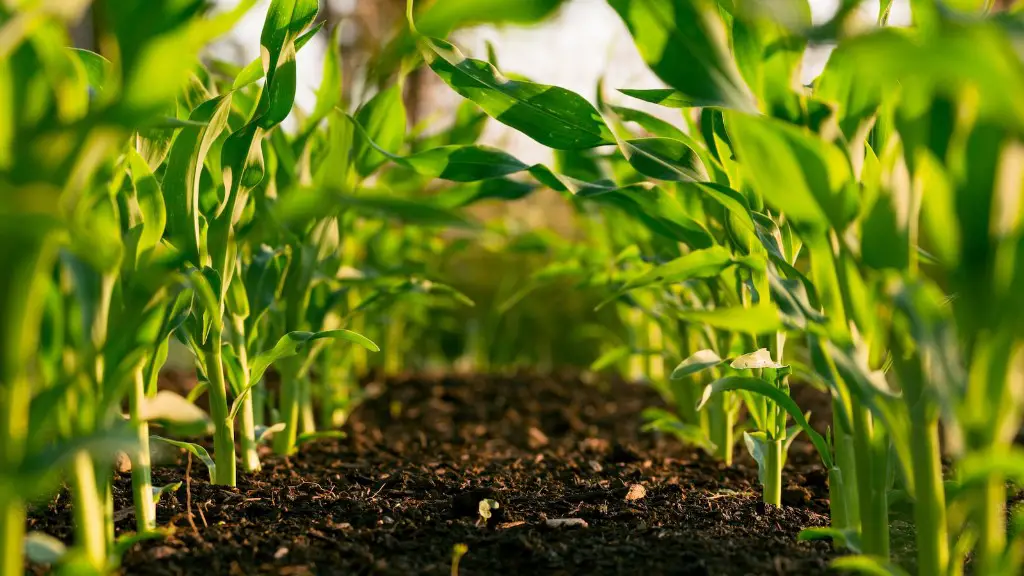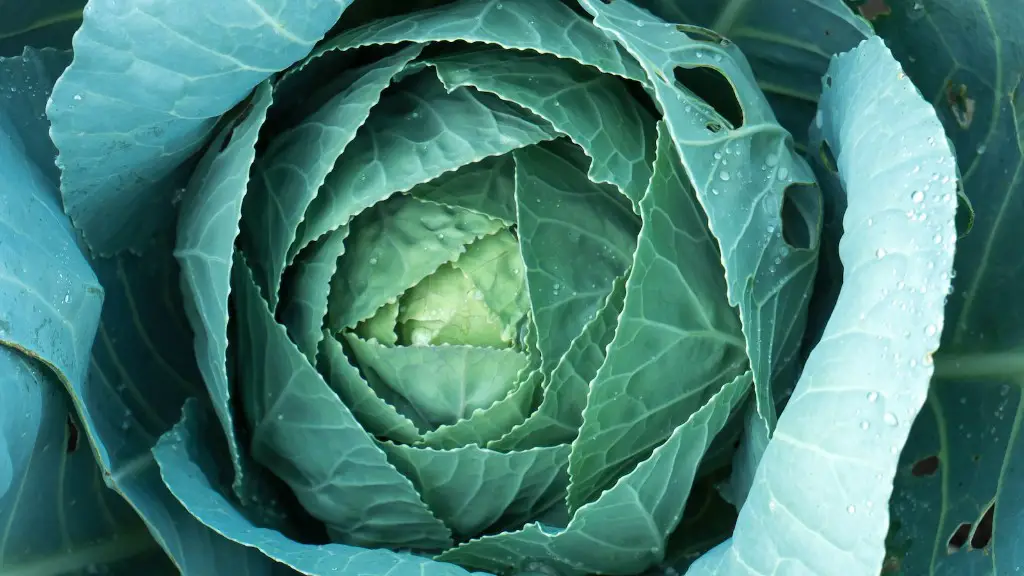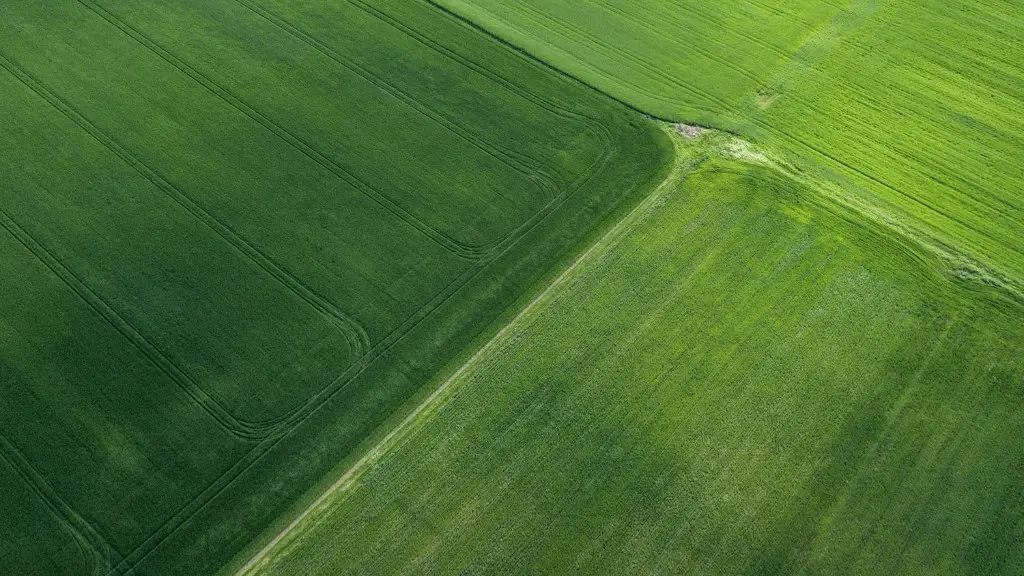In recent years, there has been a growing trend of using drones in agriculture. Farmers are using drones to help with a variety of tasks, such as crop mapping, spraying, and even herding livestock. There are many benefits to using drones in agriculture, including increased efficiency and accuracy, as well as the ability to cover more ground in a shorter amount of time.
An agricultural drone is a drone that is specifically designed for use in agriculture. Agricultural drones are used to help farmers with a variety of tasks such as crop mapping, surveying land, and applying pesticides and herbicides.
What do agricultural drones do?
Drones can be used to take high-resolution images of crops and land. This information can be used to create detailed maps that can be used to plan field management activities.
Crop monitoring.
Drones can be used to monitor crop conditions on a regular basis. This information can be used to identify potential problems early and make decisions about crop management.
Livestock monitoring.
Drones can also be used to monitor livestock conditions. This information can be used to identify potential health problems and make decisions about animal husbandry.
Agricultural drones offer a number of potential benefits for farmers and other agribusiness owners. They can be used to gather information about crops and land, monitor crop conditions, and monitor livestock conditions. This information can be used to make decisions about field management and optimize agricultural operations.
Drones are becoming increasingly popular in the agricultural industry due to their ability to cover large areas of land quickly and efficiently. There are two main types of drones that are best suited to agriculture: fixed-wing and multi-rotor drones.
Fixed-wing drones are able to cover larger areas than multi-rotor drones, but they require a larger launch and landing area. They are also more affected by windy conditions. Multi-rotor drones are not able to cover as much ground as fixed-wing drones, but they are more maneuverable and can take off and land in smaller spaces.
The cost and payload capacity of both types of drones are similar. However, fixed-wing drones tend to be more expensive than multi-rotor drones.
How are agricultural drones different from other drones
Drones are becoming increasingly popular in the agricultural industry, as they offer a range of benefits and advantages over traditional methods. Agricultural drones can be used for tasks such as mapping and surveying, cropdusting and spraying, and even herding livestock. The use of drones in agriculture is not only more efficient and cost-effective, but can also help to improve crop yields and livestock health.
The SenseFly eBee SQ is a fixed-wing UAV with a max speed of 40-110 km/h and a flight time of 55 minutes. It has a maximum range of 8 km.
What are the advantages of agricultural drones?
Drones are increasingly being used in agriculture to help save water. By using drones to apply pesticides or insecticides, farmers can save up to 95% of the water that would be used for spraying. This is because different chemicals have now been developed that require less water for dilution, especially with the emergence of drones. This technology is helping farmers to be more efficient and sustainable in their use of water.
As you can see, the cost of drones can vary greatly depending on what you need it for. If you are looking to use a drone for commercial purposes, you will need to get a Remote Pilot Certificate from the FAA. The process for doing so can be found here. Keep in mind that the regulations for agricultural drone use are different from those for other commercial drone use, so make sure you are familiar with the regulations before you begin flying.
What are the 4 major types of drones?
There are three primary types of drones: fixed-wing, single-rotor, and fixed-wing hybrid (VTOL). Each type has its own set of benefits and drawbacks.
Fixed-wing drones are the most efficient in terms of energy consumption and can stay in the air for long periods of time. However, they require a larger airspace to takeoff and land, and are not as maneuverable as single-rotor or hybrid drones.
Single-rotor drones are more maneuverable than fixed-wing drones and can take off and land in tighter spaces. However, they are not as efficient in terms of energy consumption and have shorter flight times.
Fixed-wing hybrid (VTOL) drones have the best of both worlds – they are efficient like fixed-wing drones and maneuverable like single-rotor drones. However, they are more expensive than both types of drones.
Drones have become increasingly popular in recent years, particularly in the agricultural sector. They offer a number of potential advantages, including the ability to cover large areas quickly, gather accurate data, and even spray crops. However, there are also some limitations to consider when using agri-drones.
Firstly, drones are dependent on weather conditions. It is advisable to not fly drones in rainy and windy weather conditions as this can impact their performance and potentially damage the equipment.
Secondly, an average farmer may struggle to understand all the functions of a drone and how to operate it safely and effectively. There is a learning curve involved in using drones, and it is important to obtain proper training and education before using them on a farm.
Thirdly, clearance from the government is often required before using drones, particularly for commercial purposes. There are regulations in place that must be followed, and failure to do so could result in hefty fines.
Fourthly, drones with more features and capabilities often come at a higher price tag. This can make them unaffordable for many farmers, particularly smaller operations.
Overall, drones can be a valuable tool for farmers, but there are some limitations that must be considered before using them. By being aware of these
What are the advantages and disadvantages of agricultural drones
The use of agricultural drones has become increasingly popular in recent years as a way to save time and increase efficiency in agriculture. There are many pros to using drones in agriculture, such as the ability to remotely map land, survey crops, and even spray pesticides. However, there are also some cons to using drones, such as the expense of the technology and the fact that it is constantly changing. There are also legal restrictions on the use of drones in some countries.
Aerial application of herbicides and pesticides is a common practice in modern agriculture. However, traditional methods using aircraft can be costly and logistically complicated. An alternative is using drones, which are becoming more prevalent as technology improves and costs decrease.
Most commercial drone applicators are currently charging $11-14 per acre — rates that are competitive with traditional aerial applications. For farmers, this can be a significant savings, as drone applications can be more precise and therefore require less chemical. In addition, drones can be operated more easily and with less staff than traditional aircraft, further reducing costs.
As drone technology continues to develop, it is likely that this method of application will become even more popular, efficient, and cost-effective.
How many acres can a drone spray?
Spray drones are becoming increasingly popular for agricultural applications, as they can cover large areas quickly and efficiently. Most spray drones have a battery life in the range of 5 to 20 minutes, and are capable of covering anywhere from 10 to 40 acres per hour.
The Agras T30 has been extensively tested by Rantizo’s R&D team and has been determined to be capable of covering approximately 18 acres per hour at a 3 gallon-per-acre-rate.
How many acres can drone cover in hour
Most drones can spray to 14 acres of land per hour or up to 100 acres per hour. This is a great way to quickly and easily cover a large area with pesticides or herbicides.
Drones are providing farmers with real-time and accurate data that they can act on immediately. This is a truly disruptive technology that is at the beginning of revolutionizing precision agriculture as we know it. Soil analysis is critical for crop yields and drones can do it faster, cheaper, and more reliably.
What are the weaknesses of drone?
UAVs can be hijacked or manipulated, which can lead to serious consequences. They can also trespass into authorized areas, such as airports and military zones, which can pose a security risk. While convenient surveillance is an advantageous use of drones, it can become a disadvantage if it is used improperly.
The future of drones in agriculture is looking very promising. Drones are being developed to act as mechanical pollinators and to incorporate smart applications, making them a affordable and promising technology to address the challenge of growing food insecurity.
Can I make money with a drone
Drone photography and videography is a growing market, and there are many ways to monetize your skills. One of the most common and simple ways to earn money using your drone is to sell aerial pictures and videos. You can capture beautiful landscapes and naturally beautiful places and sell them online through e-commerce marketplaces like Etsy and eBay or build your own website. With a little creativity and marketing savvy, you can easily turn your drone hobby into a profitable business venture.
The use of drones in agriculture is becoming increasingly popular, as farmers look for ways to increase crop yields and reduce costs. The American Farm Bureau Federation estimates that farmers in the US alone could save an estimated $13 billion annually by using drones to help with crop management. Worldwide, the market for agricultural drones is expected to grow to a $9 billion industry by 2027. Drones are particularly well-suited for tasks like monitoring crop health, mapping fields, and spraying pesticides. They can cover large areas quickly and efficiently, and can even be used at night or in bad weather.
Conclusion
An agriculture drone is an unmanned aerial vehicle (UAV) that is used to help with various tasks on a farm, such as crop mapping, crop spraying, and livestock herding.
Agriculture drones are unmanned aerial vehicles (UAVs) that can be used to help with farming and other agricultural tasks. Drones can be used for things like mapping out fields, checking crop health, and spraying pesticides. They can also be used to herd animals and to help with crop harvesting. Agricultural drones are becoming increasingly popular as they can help farmers to save time and money.

